Tailor-made lighting solutions
Sustainable, smart lighting for retail
In modern retail environments, lighting has evolved from purely functional to a powerful branding and marketing tool, aimed at enhancing the consumer experience.
Retail environments have changed, and with them the role of lighting design. Lighting is no longer merely functional or for the purpose of illuminating merchandise; it has evolved into an effective branding and marketing tool that contributes to an optimal customer experience in stores and retail environments.
In this competitive market, retailers compete not only with each other, but also with the Internet. It is in stores where consumers can physically experience a brand and connect with it emotionally. Well-designed store lighting can evoke emotion and manipulate consumer behavior. This makes it a highly influential, not to be underestimated, tool in the retail world.
Proper contrast in lighting plays a crucial role in retail environments. By balancing the lighting of merchandise with the overall environment, we can effectively direct customer attention. Whether it is dramatic contrast in a dark setting or a more subtle approach in a bright space, the key principle remains that the merchandise should always be better lit than the surrounding space. We achieve this balance by skillfully combining different layers of light.
Although many retailers focus on the quantity of light, in reality the quality of lighting is much more essential. Good color rendering is crucial to ensure that consumers get a true representation of products, especially when it comes to color. Color rendering index (CRI) is a measure of how accurately a light source represents the color of an object. By choosing light sources with a high CRI, truthful and flattering lighting is provided. While this may require a slightly higher investment, it contributes significantly to a better shopping experience and end result.
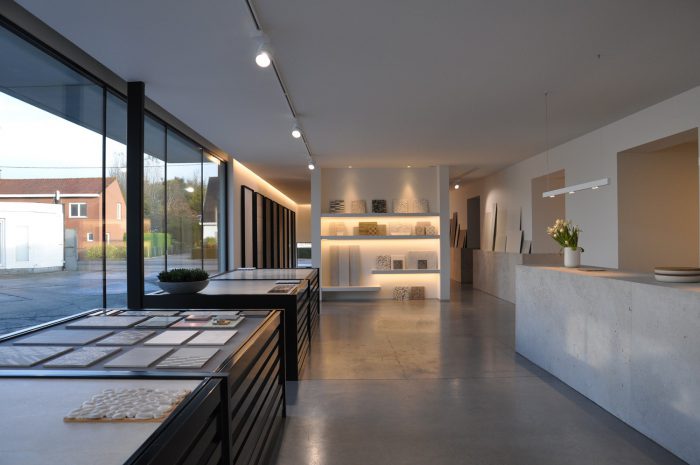
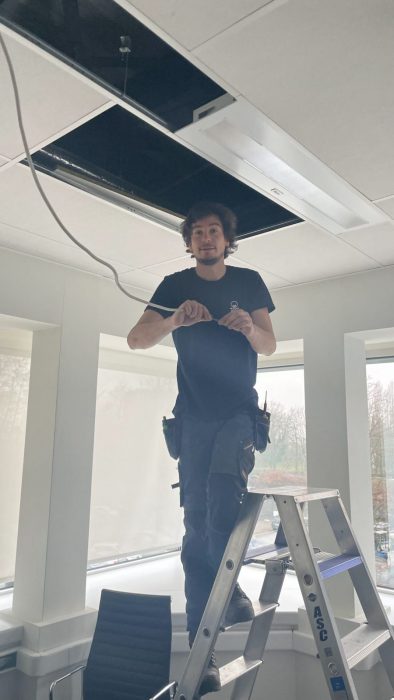
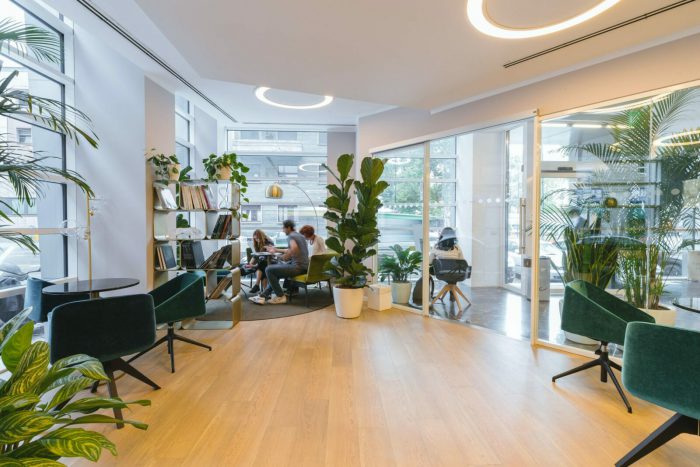
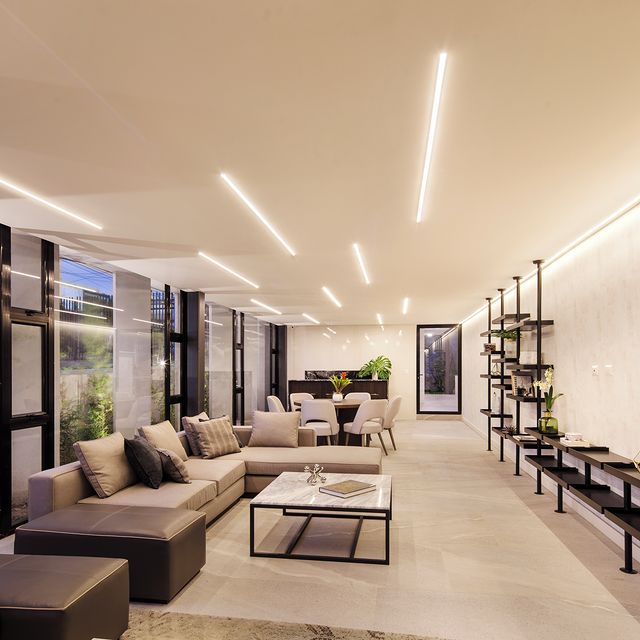
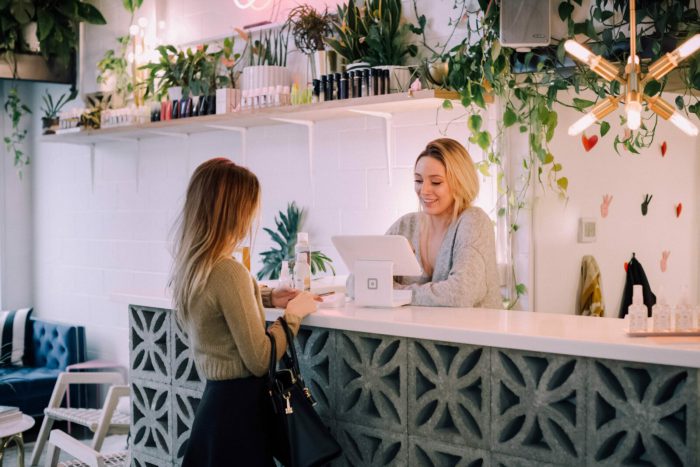
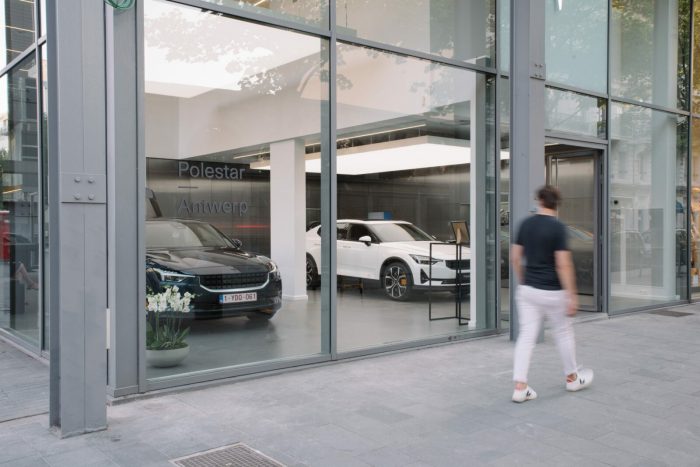
It is generally said that a store sells to 10-20% of all customers who enter the store.
What is your sales share today? The purpose of working with counting systems is to help you understand the current relationship with your customer and improve it. There are periods when the sales share is high and there are lesser periods. You don’t have to sell to the same percentage of customers every hour and every day. The point is to know when and under what conditions your store performs best, this will help you maximize your efforts to convert more visitors into customers.
Imagine if you could predict with very high probability how much traffic will come into the store every hour, every day, how much they will buy and what the average sale will be? The reality is that weekly traffic to your store is more predictable than you think, and proportional to your sales volume.

New energy-saving lighting solutions and Casambi technology for 3D Motion Studio Plankton.
View the case
A 35% reduction in energy consumption compared to traditional systems, thanks to smart lighting features.
View the case
Energy savings of 77% thanks to new high-quality LED lighting in Asogem Mechelen's warehouses.
View the case
Thanks to smart LED downlights, residential care center Mayerhof can save up to 82% energy on their lighting.
View the case
Human centric lighting in the offices of Induver, in collaboration with LoooP.
View the case















